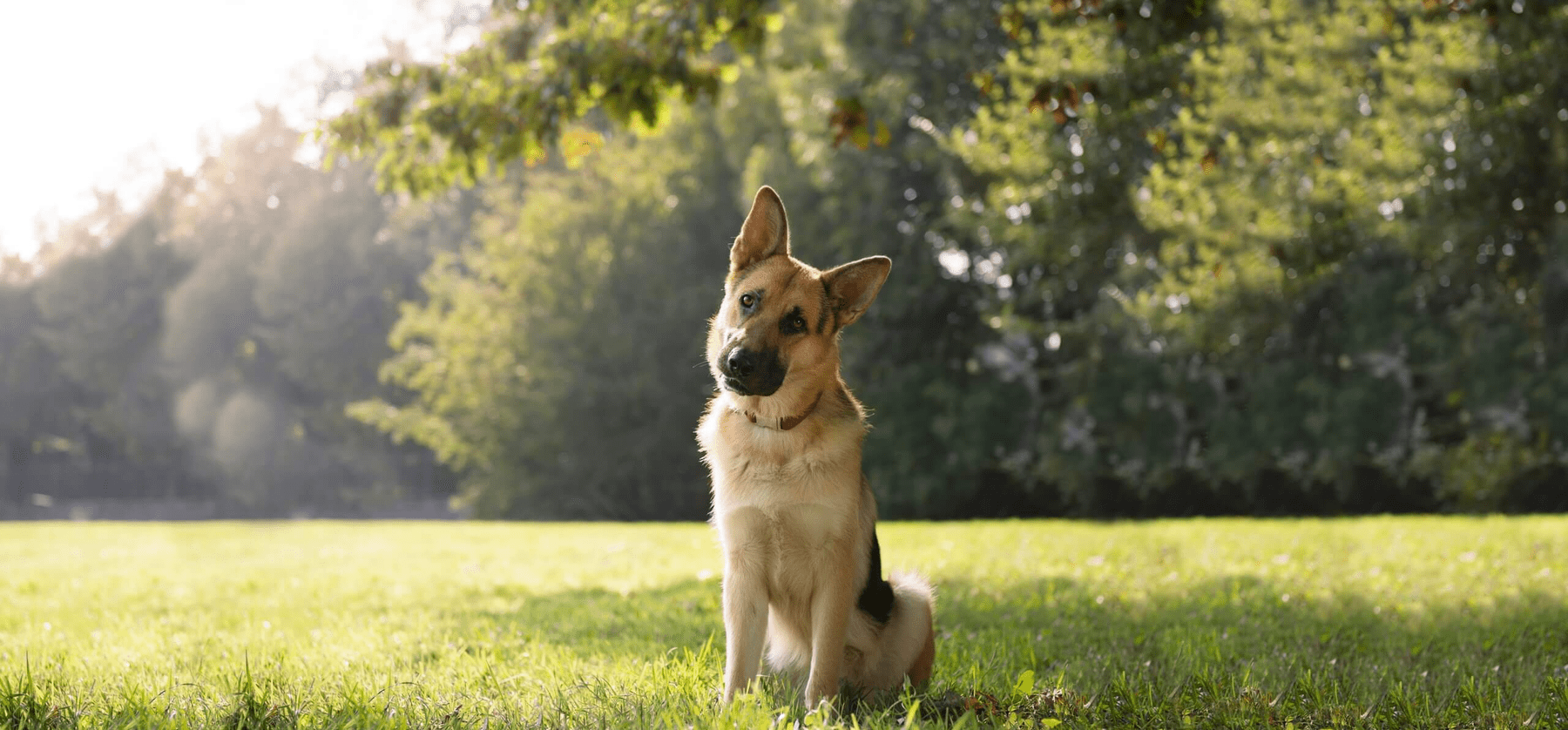Introduction
We’ve all seen it – that adorable moment when a dog tilts its head to the side, often in response to a strange noise or when we’re talking to them. This endearing behavior has captured the hearts of dog lovers worldwide, but have you ever wondered why dogs do this? In this article, we’ll explore the scientific theories behind this charming canine quirk.
Improved Sound Localization
One of the primary reasons dogs tilt their heads is to better localize sounds. Dogs have evolved to be excellent hunters and protectors, and accurate sound localization is crucial for these roles.
Dr. Stanley Coren, a professor of psychology at the University of British Columbia, suggests that dogs tilt their heads to adjust the position of their outer ears. This slight repositioning can help them pinpoint the exact location and distance of a sound more accurately.
For breeds with floppy ears, head tilting might be even more important. By adjusting the position of their ear flaps, they can better funnel sound into their ear canals.
Visual Perception Enhancement
Another theory relates to how dogs perceive the world visually. Dogs’ muzzles can obstruct their view of the lower part of people’s faces. By tilting their heads, they may be trying to see our mouths better, which could help them interpret our expressions and understand us more clearly.
This theory is supported by an observation that breeds with flatter faces, like pugs, tend to tilt their heads less frequently than breeds with longer muzzles.
Emotional and Social Cues
Dogs are highly attuned to human emotions and social cues. Head tilting might be a learned behavior that dogs have picked up because they’ve noticed it elicits positive responses from humans.
When a dog tilts its head, we often react with affection or excitement, reinforcing the behavior. Over time, dogs may have learned to use head tilts as a way to engage with us and earn our approval.
Cognitive Processing
Some experts believe that head tilting could be a sign of a dog trying to understand or process information. Similar to how humans might tilt their heads when concentrating or trying to understand something complex, dogs might do the same when they’re focusing intently on a sound or command.
This theory suggests that head tilting could be an external manifestation of internal cognitive processes, indicating that the dog is actively listening and attempting to comprehend.
Medical Considerations
While head tilting is usually a normal and charming behavior, it’s worth noting that excessive or sudden onset of head tilting could indicate a medical issue. Ear infections, vestibular disease, or other neurological problems can cause dogs to tilt their heads persistently. If you notice your dog tilting its head frequently or showing signs of discomfort, it’s best to consult with a veterinarian.
Breed and Individual Differences
The frequency and degree of head tilting can vary significantly between different dog breeds and individual dogs. Some dogs are more prone to this behavior than others, which could be due to a combination of genetic predisposition and learned behavior.
Evolutionary Advantage
From an evolutionary perspective, head tilting might have provided an advantage to wild canines. The ability to quickly and accurately locate sounds could have been crucial for hunting prey or avoiding predators. This innate behavior has likely been carried forward into our domestic dogs.
Conclusion
While the exact reasons for dog head tilting may vary and are still being studied, it’s clear that this behavior serves multiple purposes – from improving sensory perception to facilitating social interaction. As we continue to study and understand our canine companions, behaviors like head tilting remind us of the complex and fascinating inner workings of the dog mind.
The next time your furry friend cocks their head to the side, you’ll know there’s more to it than just cuteness. It’s a glimpse into their cognitive processes, their evolutionary history, and their unique way of interacting with the world around them.
